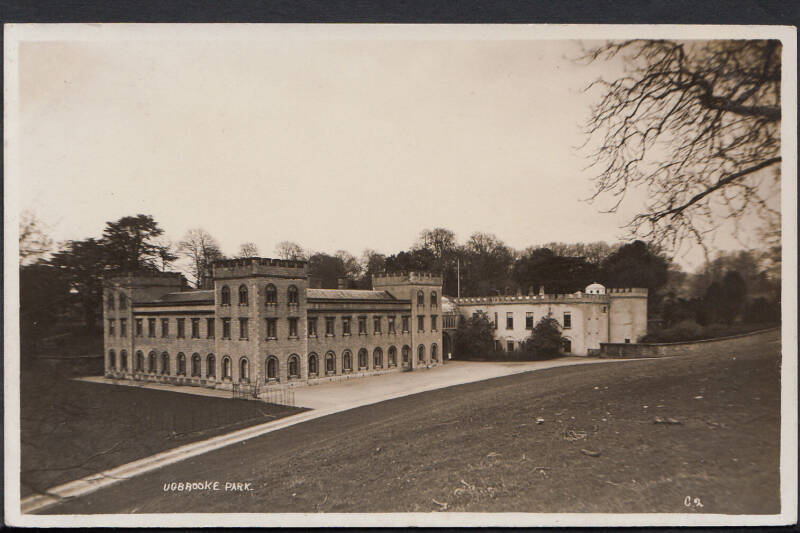MANORIAL HISTORY

Manorial History
Ware Barton (left) the site of the former manor house.
The Manor of Kingsteignton was a crown demesne until the 12th century. During the reign of King Henry II it was given to Peter de Burdoun who became the first Lord of the Manor. Included in this gift was Lordship of half of Teignbridge Hundred. The Lords of Kingsteignton held power to inflict capital punishment during medieval times and Robert Burdon carried out the King’s writ as Sheriff of Devon in 1282.
Ware Barton, now a farmhouse near the Teignmouth road, was the ancient Manor House. It is first mentioned in an Assize Roll of 1277 and was then known as La Were. By 1322 the family name had been incorporated and it was called Burdounswere.
We learn from the registers of Bishop Brantingham that the original Manor House possessed a private chapel. In 1370 and again in 1384 the Bishop granted permission to John Burdon and his wife to have Divine Service performed there, "in capella sive oratorio infra mansionen conundeum de Burdonwere infra parochiam de Teynton Regis".
From the acquisition of the Manor by the Burdons it remained in that family until 1407 when it passed into the Thorpes through the marriage of Cicely Burdon to Henry Thorpe whose estates were in Gloucestershire and Wiltshire. Their granddaughter Thomasina inherited the manor in 1509 on the death of her brother William who died without issue. On her marriage to Thomas Clifford of Boscombe, Wiltshire, the Manor of Kingsteignton passed into the hands of the Clifford family who have held it to this day.
Sir Anthony Clifford of Boscombe, Wiltshire, married Anne, the daughter of Sir Piers Courtenay. This marriage seems to have brought the Cliffords to Devon. The Boscombe & Kingsteignton holdings passed from Anthony to his elder son Henry, whilst a younger son Thomas inherited Ugbrooke, which had come to the family via the Courtenays.
According to a ledger stone inset into the floor of the south aisle of Kingsteignton Church, Henry died in 1635. The manor then passed to his son James Clifford, born 1625. Sadly James' son, (another James) predeceased him having died in Kensington, Middlesex in 1681 aged 19. With no male heir James snr sold the manor of Kingsteignton, together with the Hackney Fisheries, to his cousin Hugh 2nd Lord Clifford of Chudleigh, for £8,000 in 1684, and Ugbrooke became the seat of the Lords of the Manor of Kingsteignton. James died in 1685 and was buried in Kingsteignton church on 14th April 1685.

James' daughter, Mary, married Colonel Hugh Bamfylde, son of Sir Coplestone Bamfylde of Poltimore. Colonel Hugh Bamfylde died in a fall from his horse in 1691, predeceasing his father, who died a year later. Thus, Hugh and Mary's son, Coplestone, born 1689, inherited Poltimore and the title of 3rd Baronet in 1692 at the age of three! Mary, his mother, administered his property during his infancy fighting off lawsuits to ensure he received his inheritance.

left Ugbrooke House the seat of Lord Clifford